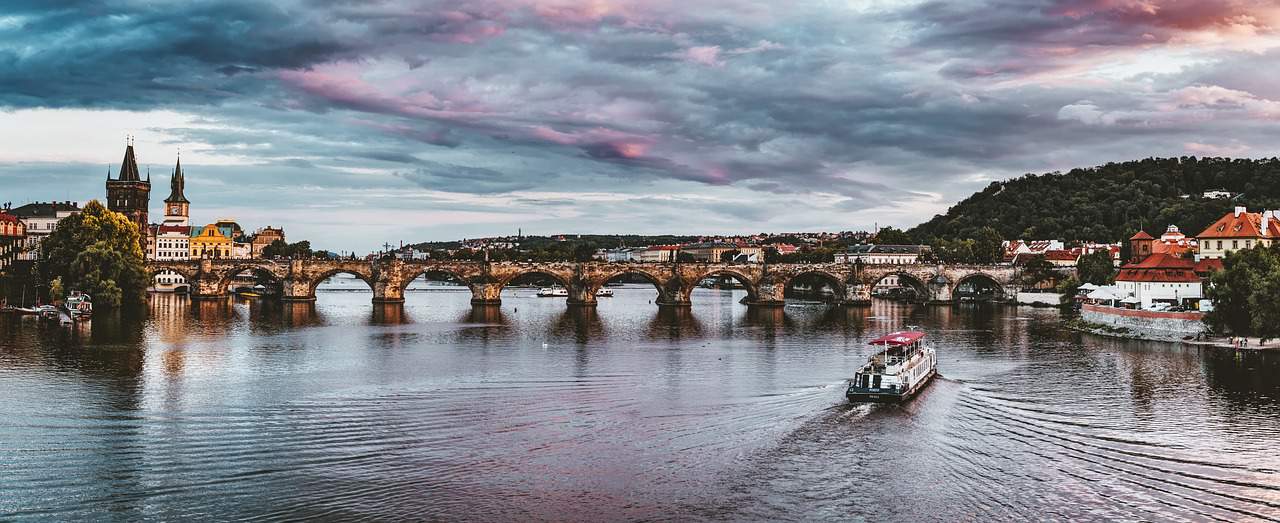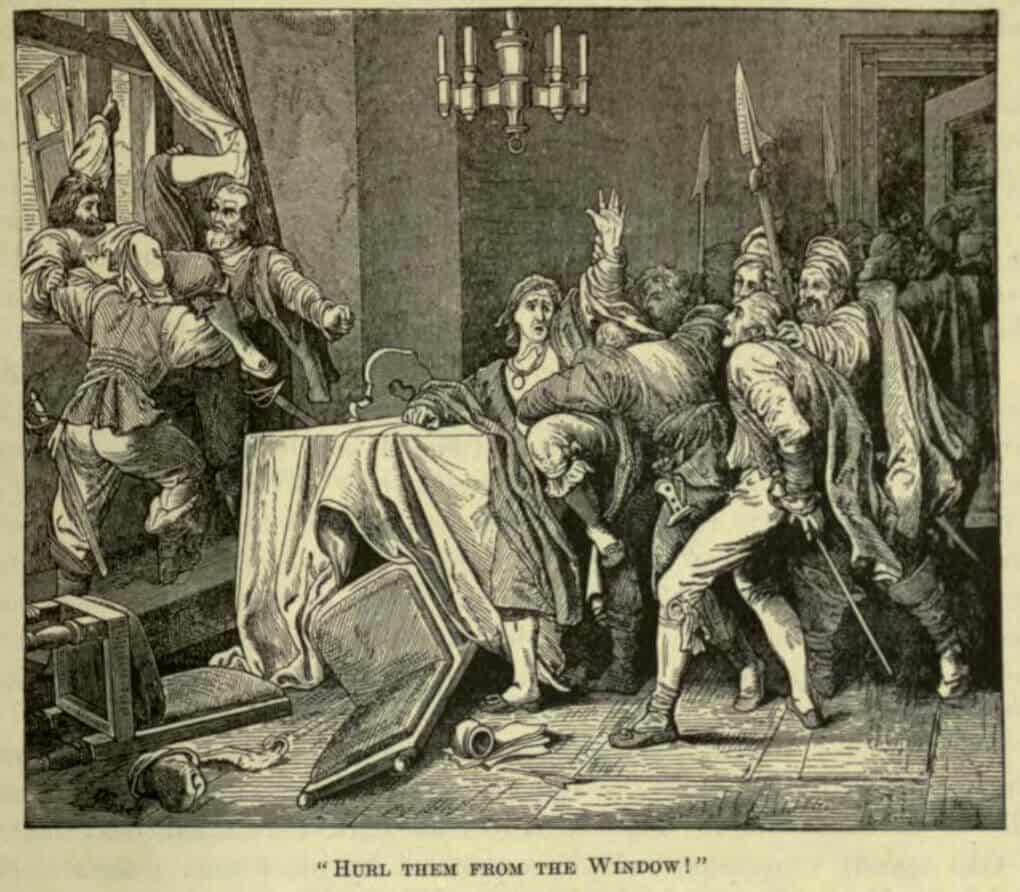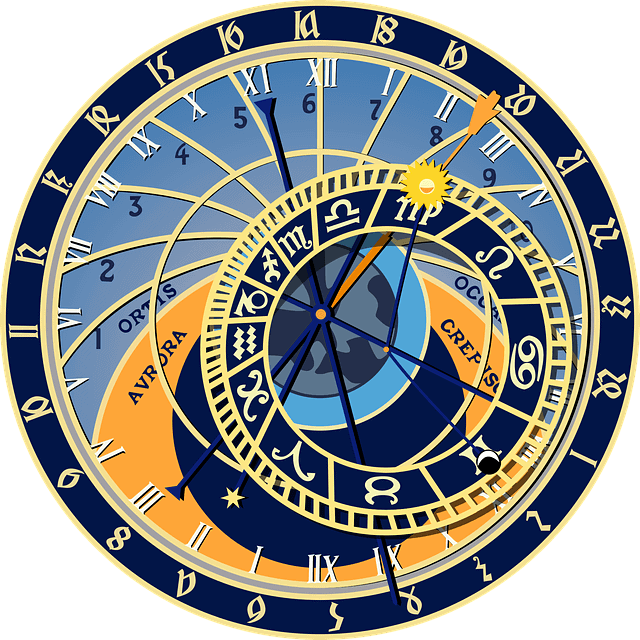Prague serves as the capital city of the Czech Republic. Its home to around 1.3 million people, with a total of about double that number living within its metropolitan area. Prague is also the largest city in the Czech Republic. Its located in the approximate center or center-west area of the country, around 100 km from the German border to the west, and about 50 km from the German border to the north. .

Prague is roughly on the same latitude as the country of Luxembourg, and the German city of Frankfurt, and has a largely similar (though slightly different) climate, with relatively warm (but not overly hot) summers, and winters that hover around or just below freezing.
While snow is common in the winter months, significant accumulations and storms are infrequent. Both rain and snow tend to be far less frequent in Prague than in London or Paris, for example.
In addition to the pleasant climate, Prague has a wealth of history, culture, cuisine, and other appeals that make it quite a popular tourist destination.
In our guide below, we’ll highlight some of that history, along with popular things to do in Prague, so that you and your family or travelling companions can get the most out of your time in Prague.
History of Prague, Czech Republic
The area that is modern-day Prague was probably inhabited for many centuries in ancient times. The earliest records seem to indicate a permanent settlement of Celtic peoples in the region around 4,000 BC, who referred to the region as Bohemia, a name that has stuck to modern times.
Consistent with much of the rest of the area, the Celts were driven off by Germanic tribes in the last millennia BC.

It remained nominally under Roman control until around the 500s AD, with the collapse of the Western Roman Empire, that saw the Germanic tribes retreating to the west. Slavic and Czech tribes then settled the area, sometime in the 600s AD.
The Prague Castle
Prague’s castle dates to the late 800s, though the cathedral was only begun in the 1340s. During this period, it was an important trading center, and continued as such during the reign of Charles IV, who was both Holy Roman Emperor and King of Bohemia.
Prague became an imperial capital, and was, for a time, the third-largest city in all of Europe.
Periods of war and conflict followed in the 1400s and beyond. Despite this, Prague continued to flourish as a merchant city.
It became quite a center of culture during this period as well, nominally the latter 1500s and early 1600s. However, conflict, the Thirty Years’ War, plague, fire, and other problems persisted throughout much of the 1600s.
Fascinating facts about the Prague Castle:
Here are 20 fascinating facts about Prague Castle:
Prague Castle, located in Prague, Czech Republic, is one of the largest castle complexes in the world, covering an area of about 70,000 square meters.
It holds the Guinness World Record for being the largest ancient castle complex.
The construction of Prague Castle began in the 9th century, making it one of the oldest castles in Europe.
It has been the seat of Czech rulers, Holy Roman Emperors, and presidents throughout its history.
The castle complex features various architectural styles, including Romanesque, Gothic, Renaissance, Baroque, and Classicism.
St. Vitus Cathedral, the most prominent building within the castle complex, is an exceptional example of Gothic architecture and houses the tombs of many Bohemian kings and Holy Roman Emperors.
The Crown Jewels of the Czech Republic, including the Crown of Saint Wenceslas, are stored and displayed in the Crown Chamber of Prague Castle.
The castle complex is home to several palaces, including the Old Royal Palace, the Lobkowicz Palace, and the Spanish Hall.
Golden Lane, a picturesque street within the castle complex, is lined with colorful houses that once housed castle guards and craftsmen.
Daliborka Tower, a Gothic prison tower within the castle, was used to incarcerate prisoners during the reign of Rudolf II.
The Powder Tower, a preserved medieval gate, is the main entrance to the castle complex.
The Royal Garden, located behind the castle, is a beautiful and serene area with manicured gardens, fountains, and pavilions.
The castle complex offers breathtaking panoramic views of Prague’s skyline, including the Vltava River, Charles Bridge, and the city’s historic neighborhoods.
The changing of the guard ceremony takes place every hour at the castle’s main entrance, and a more elaborate ceremony occurs at noon daily.
The Strahov Library, within the castle complex, houses a vast collection of books and manuscripts, including the famous Strahov Gospel.
The castle complex features several museums and exhibitions, including the Prague Castle Picture Gallery and the Prague Castle Vineyard.
The castle complex is a popular venue for cultural events, such as classical music concerts, art exhibitions, and historical reenactments.
Legend has it that the foundation stones of Prague Castle were laid by Princess Libuše, a mythical figure who prophesied the foundation of Prague.
The castle has witnessed significant historical events, such as the Defenestration of Prague in 1618, which sparked the Thirty Years’ War.
Prague Castle is not only a major tourist attraction but also the official residence of the President of the Czech Republic and serves as the seat of political power in the country.
 Religious conflicts were at the core of some of the strife, between Protestantism and Catholicism, consistent with what was going on in much of the rest of the region.
Religious conflicts were at the core of some of the strife, between Protestantism and Catholicism, consistent with what was going on in much of the rest of the region.
By the mid-1700s, Prague was again flourishing, though was taken by the Prussians after a lengthy siege that destroyed much of the town. It resurged afterward, in the latter half of the 1700s and into the 1800s.
Czech nationalism returned, as did a migration of many Czechs from surrounding areas.
Following World War I, Czechoslovakia was created, the capital of which as Prague. Prior to the Second World War, Prague had a population of nearly 1 million people.
The city was occupied by Germany during the war, and liberated by the Russians near the end of the war.
Modern Day History
Modern history has seen Czechoslovakia caught in between Western influences and the Soviet Union, who was nominally in control.
In the 1990s, Czechoslovakia was split up following the fall of the Soviet Union, and Prague became the capital of the new Czech Republic.
Since that time, it has grown tremendously, reclaiming an important place as a center of culture and commerce in Europe.
Attractions and Things to Do in Prague
There are a mind-bogglingly large number of things to do in Prague – something for almost every interest. In addition to lots of attractions and sites to see, the list of things to do in Prague includes numerous festivals and events year-round. I have highlighted some of the most popular things to do in Prague below.
- Many historic buildings, especially in the Old Town, Lesser Town, and New Town districts.
- Prague Castle and Vitus Cathedral, home to the Czech Crown Jewels.
- Numerous churches and cathedrals representative of different styles and eras of architecture, including St. Nicholas Church, Church of Our Lady Victorious, Church of St. Martin in the Wall, Old New Synagogue, Church of Our Lady Before Tyn, Spanish Synagogue, St. Stephen’s Church, St. Wenceslas Church, the Jubilee Synagogue, and many more.
- Historical fortifications and remnants, including the Pisek Gate, Petrin Lookout Tower, and Powder Tower.
- Wenceslas Square, home to the National Museum.
- Numerous other museums and galleries, including the Franz Kafka Museum, Museum of Decorative Arts, National Gallery, and the Mucha Museum, to name a few.
- Prague Zoo, Sea World Aquarium, Lunapark, Television Tower, and other venues that are fun for the whole family to see during your time in Prague.
- Bridges, monuments, and other installations scattered throughout the city.
Interestingly, Prague has a special connection with the city of Nuremberg. The German city was designated along the eastern trade route as a rest and trade stop. Merchants and tradesmen flourished as a result.
In fact the Imperial Crown Jewels were kept there for safe keeping. It was a favorite of Emperor Charles IV (Yes, he who brought about the Charles Bridge, Charles University and New Town in Prague) . It is said that the emperor visited Nuremberg 52 times. Given the fact it would have been a long and somewhat arduous journey by horse and carriage, that’s a lot.
Well, if it was good enough for the Emperor to visit, I am sure you would enjoy this great German city. Here’s a brief guide to Nuremberg, Germany
Be sure to keep up with my Viking program director blog, updating all things Viking and the cruises I share with our guests

